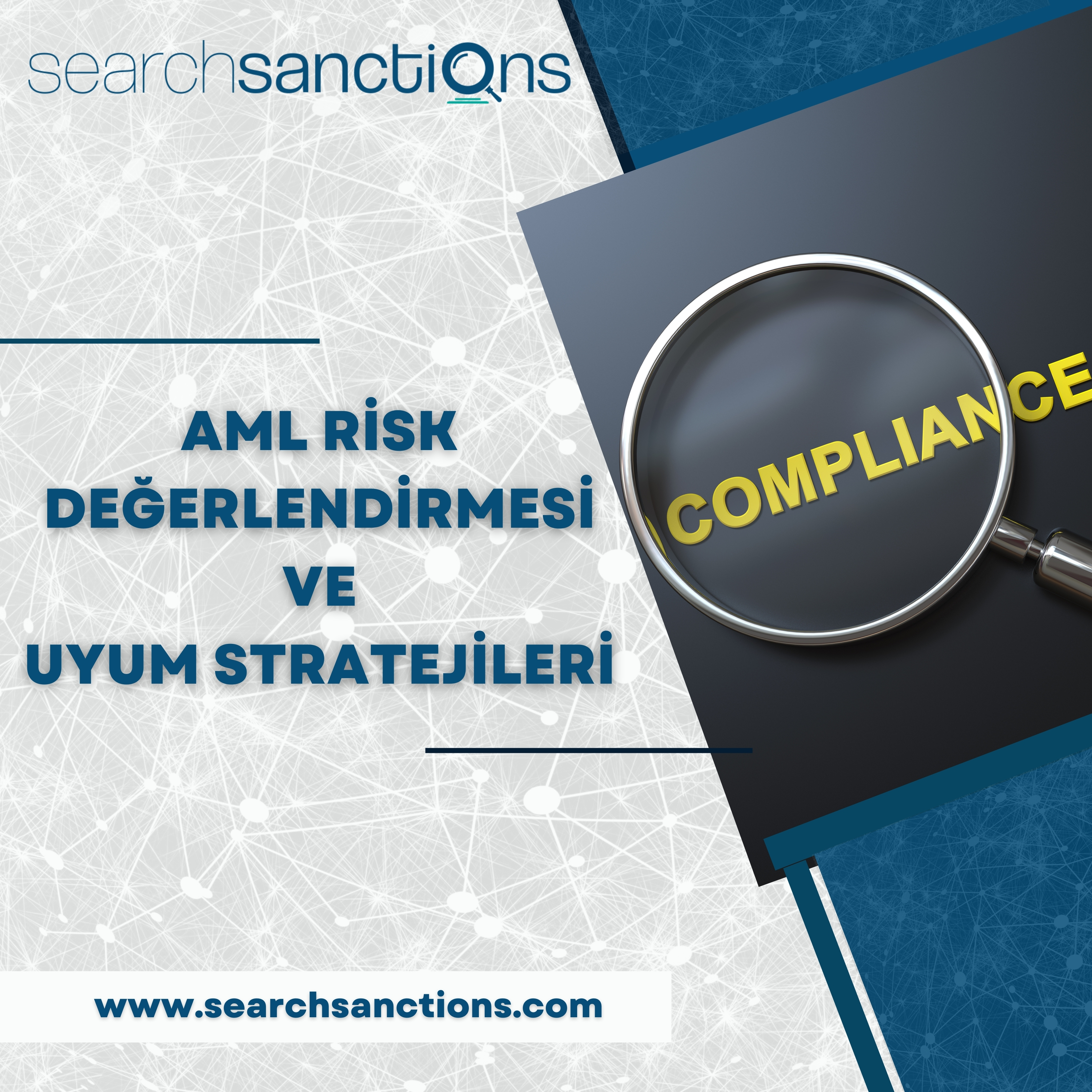AML Risk Assessment and Compliance Strategies
Anti-Money Laundering (AML) is an important area of regulation and supervision aimed at preventing illegal money laundering and terrorist financing . Financial crimes can cause serious damage to financial systems and threaten the security of society. Therefore, it is vital that AML sanctions are effectively enforced and compliance strategies are adopted by financial institutions and businesses.
AML Risk Assessment
1.1 Basic Principles of AML Risk Assessment
AML risk assessment helps financial institutions and businesses identify the potential risks of crimes such as money laundering and terrorist financing. Key principles include the following:
- Customer Profile: Collecting detailed information about customers' identities and transactions.
- Risk Assessment: Assessing customer risk, the risk of products and services, geographic risk and the complexity of the transaction.
- Internal Audit: Establish and continuously monitor internal audit processes and control mechanisms.
- Risk Management: Implementing strategies to accept, mitigate or transfer identified risks.
1.2 Customer Recognition and Verification (KYC) Processes
Customer identification and verification processes form an important part of AML risk assessment. These processes are used to verify customers' identities, identify potential risks and ensure compliance. KYC processes also include the requirement to regularly update customers' credentials and transactions.
1.3 Risk Assessment and Profiling
Determining the risk level of customers is an important part of AML risk assessment. High-risk customers may require more attention and low-risk customers may require less attention. By risk profiling, appropriate strategies can be identified to minimize risk.
AML Compliance Strategies
2.1 Establishment of AML Policies and Procedures
AML compliance strategies involve financial institutions and businesses establishing AML policies and procedures. These policies and procedures provide guidance for detecting and preventing illegal activities.
2.2 Training and Awareness
Successful implementation of AML compliance requires appropriate training of staff. Staff should understand AML policies, risk assessment and customer identification processes. In addition, staff awareness of illegal activities should be raised.
2.3 Technology and Automation
Technology can improve the automation and effectiveness of AML compliance. AML software and data analytics tools can be used to detect and report suspicious transactions. The use of technology can reduce human error and enable faster responses.
2.4 Risk Management and Monitoring
AML compliance strategies include the requirement to continuously monitor and manage risks. Risk management processes enable businesses to continuously assess risks and take appropriate actions.
Best Practices and Results
3.1 Best Practices
- Regular review and update of AML policies and procedures.
- Keeping customer information up-to-date and accurate.
- Continuous training and raising staff awareness.
- Utilization of technology and automation.
- Ensuring international harmonization through cooperation and information sharing.
3.2 Results
- Effective AML compliance protects the reputation of financial institutions and helps them avoid legal problems.
- Detecting and preventing crimes improves the safety of society.
- Financial stability is maintained through AML compliance.
- International cooperation and compliance helps prevent cross-border crime.
AML risk assessment and compliance strategies are vital for financial institutions and businesses. They aim to prevent money laundering and terrorist financing and protect the safety of the financial system. Establishing and implementing an effective AML program is important to ensure compliance with regulatory requirements and enhance the safety of society. This is vital to protecting the success and reputation of both financial institutions and businesses.
Request Demo
You can contact us as to our services, integration processes, request demo or customized solutions.

